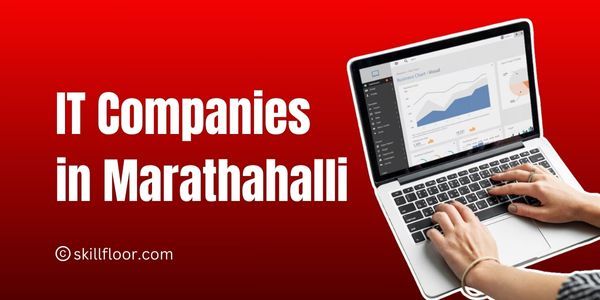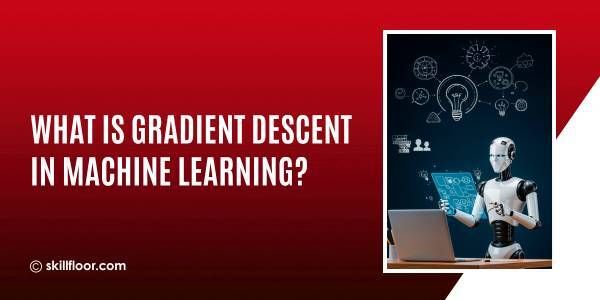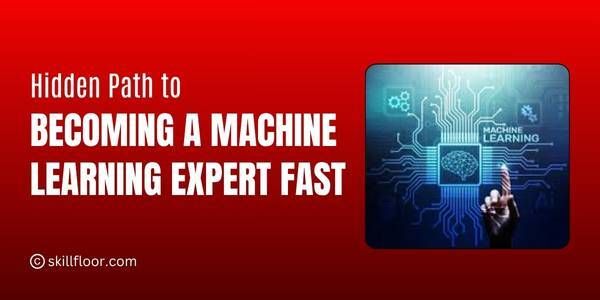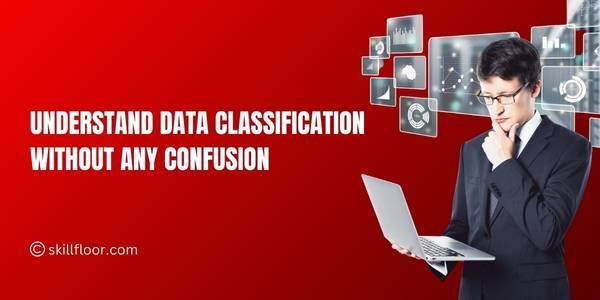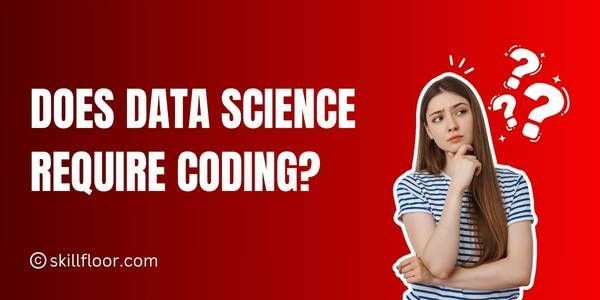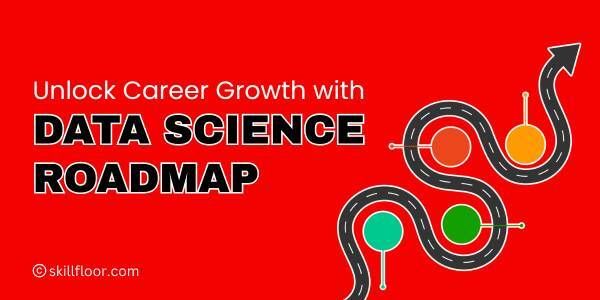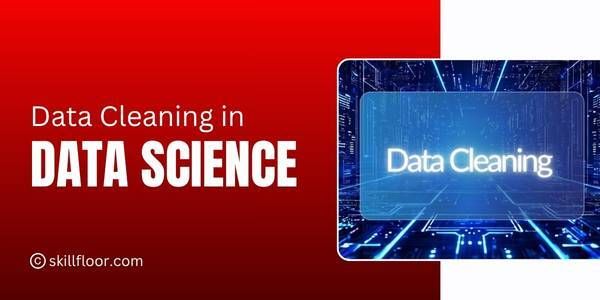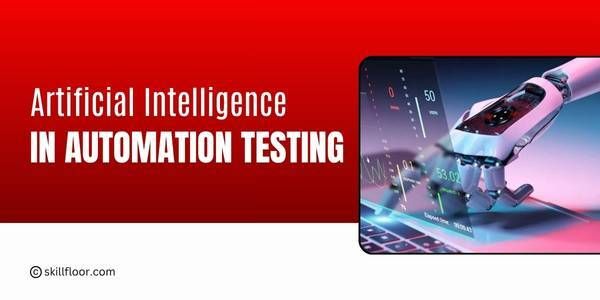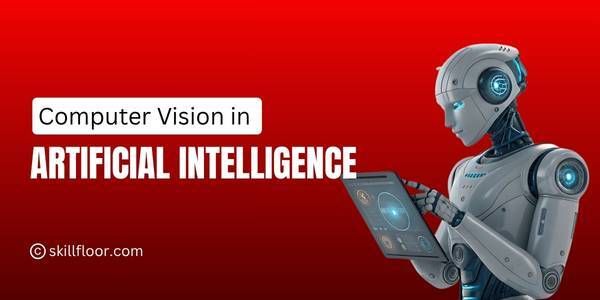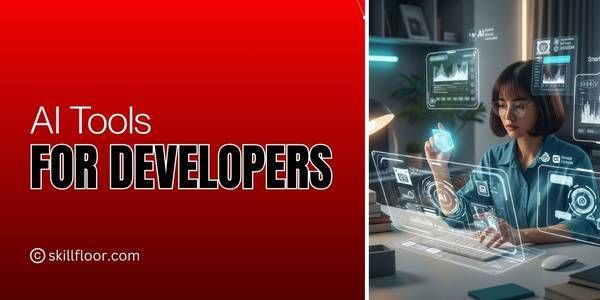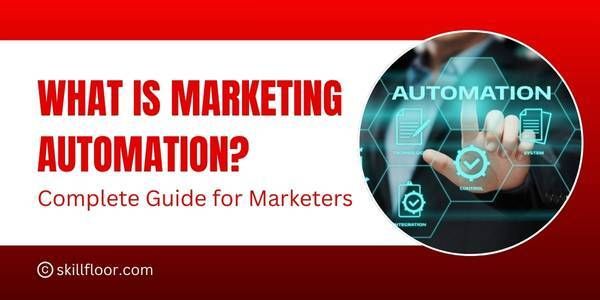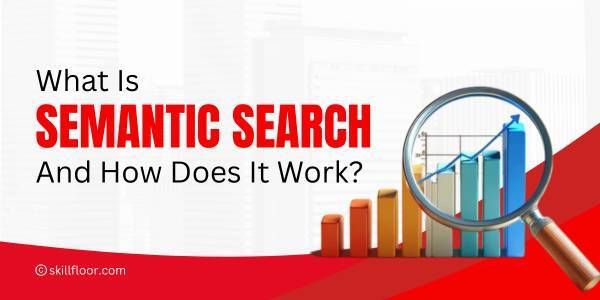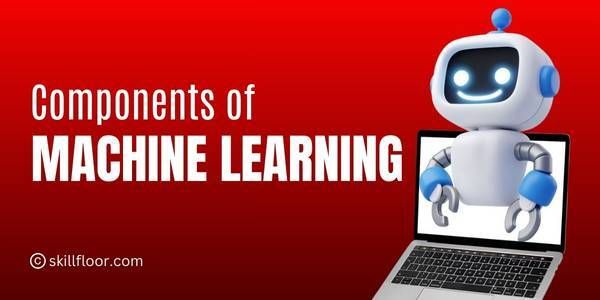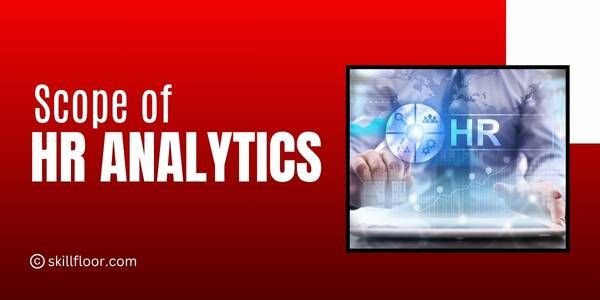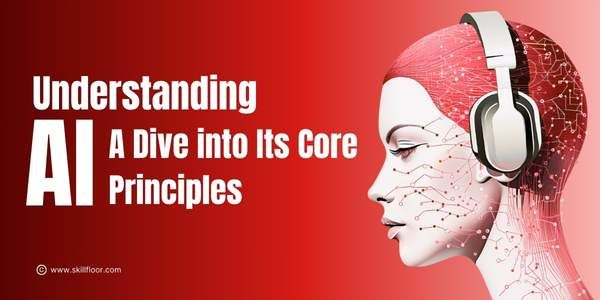Essential Predictive Analytics Techniques for Modern Businesses
Explore top predictive analytics techniques, from regression to neural networks, to forecast trends and make smarter data-driven decisions.
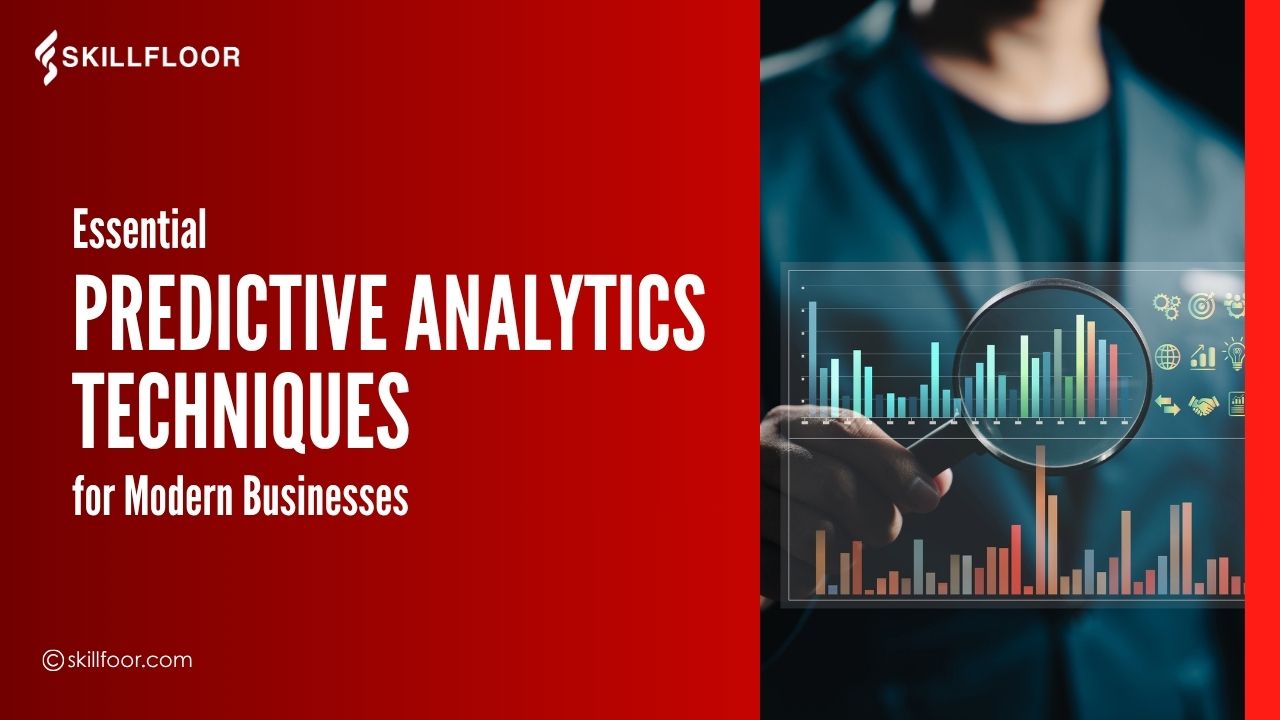
Predictive analytics techniques are being used by organizations to obtain a strategic edge in today's data-driven and competitive world. By analyzing historical data and leveraging statistical models and machine learning algorithms, businesses can anticipate trends, forecast outcomes, and make smarter decisions. These days, predictive analytics isn't just used in specialized fields; it's revolutionizing everything from manufacturing and retail to healthcare and finance. From predicting customer behavior to optimizing operational efficiency, the ability to foresee future patterns has become a critical differentiator.
A survey by Deloitte in 2024 found that 72% of organizations are using predictive analytics to drive business decisions, with 45% reporting a significant improvement in decision-making accuracy. The global predictive analytics market is projected to reach $22.22 billion by 2025, up from $18.02 billion in 2024, reflecting a growing adoption across sectors like healthcare, finance, supply chain, and marketing
Core Predictive Analytics Techniques
Core predictive analytics techniques use historical and current data to forecast future outcomes, trends, or behaviors. Key methods include regression analysis for identifying relationships between variables, time series analysis for trend and seasonality forecasting, classification for categorizing data into predefined groups, clustering for discovering patterns and segments, and machine learning algorithms like decision trees, random forests, and neural networks for complex predictions. These techniques help organizations make informed decisions, optimize operations, and anticipate risks with data-driven insights. Below are some of the most widely used methods:
1. Regression Analysis
Regression analysis is a core statistical technique used to examine and quantify the relationship between a dependent variable and one or more independent variables. It is widely applied for:
-
Predicting continuous outcomes, such as sales revenue, stock prices, or temperature.
-
Identifying trends and patterns within datasets to inform decision-making.
Common types of regression include:
-
Linear Regression: Assumes a straight-line relationship between the dependent and independent variables. It is simple yet effective for forecasting and trend analysis.
-
Logistic Regression: Designed for binary outcomes, such as yes/no or success/failure predictions. It models the probability of an event occurring based on input variables, making it useful in risk assessment and classification problems.
Regression analysis provides a foundation for predictive analytics.
2. Decision Trees
Decision trees are a versatile, non-linear predictive modeling technique that represents decisions and their possible consequences in a tree-like structure. They are widely used for:
-
Classifying data into categories, such as customer segments, fraud detection, or medical diagnoses.
-
Supporting decision-making by evaluating multiple criteria and conditions simultaneously.
Key advantages of decision trees include:
-
Simplicity: Their visual structure makes them easy to understand and interpret, even for non-technical stakeholders.
-
Flexibility: They can handle both numerical and categorical data efficiently.
-
Robustness: Decision trees can model complex relationships without requiring extensive data preprocessing.
Overall, decision trees are a practical tool in predictive analytics, balancing accuracy with interpretability.
Neural networks are computational models inspired by the structure and functioning of the human brain. They consist of interconnected layers of nodes, or neurons, that process and transmit information. Neural networks are particularly effective for:
-
Modeling complex, non-linear relationships in data that traditional methods may struggle to capture.
-
Handling large, high-dimensional datasets, making them suitable for tasks involving vast amounts of information.
Key features include:
-
Deep Learning Foundation: Neural networks form the core of deep learning models, enabling advanced predictive capabilities.
-
Versatility: They are widely applied in image recognition, speech processing, natural language understanding, and pattern detection.
-
Adaptability: Neural networks learn from data iteratively, improving prediction accuracy over time.
Their power lies in capturing intricate patterns and dependencies.
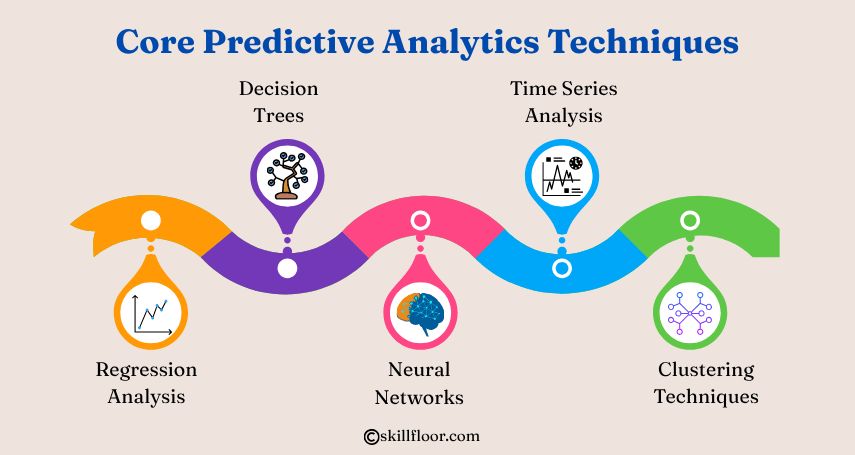
4. Time Series Analysis
Time series analysis is a statistical technique that focuses on datasets collected or recorded at regular time intervals. It is particularly important for:
-
Forecasting future values by leveraging historical trends, enabling businesses to anticipate demand, sales, or stock prices.
-
Identifying seasonal patterns and cycles to understand recurring behaviors and plan accordingly.
Common techniques include:
-
ARIMA (AutoRegressive Integrated Moving Average): Widely used for modeling and predicting time-dependent data by capturing trends, seasonality, and autocorrelation.
-
Exponential Smoothing: Emphasizes recent observations to generate more responsive forecasts.
Time series analysis helps organizations make data-driven decisions, optimize operations, and manage resources by predicting future trends accurately.
5. Clustering Techniques
Clustering is an unsupervised learning method that groups similar data points based on inherent patterns, without predefined labels. It is particularly useful for:
-
Segmenting customers according to behaviors, preferences, or demographics, and enabling targeted marketing and personalized services.
-
Discovering patterns and structures in large, complex datasets, which can reveal hidden insights and relationships.
Common clustering algorithms include:
-
K-means: Divides data into a predefined number of clusters by minimizing the distance between points and cluster centroids.
-
DBSCAN (Density-Based Spatial Clustering of Applications with Noise): Groups data points based on density, effectively handling noise and irregularly shaped clusters.
Clustering techniques empower businesses and researchers to uncover meaningful patterns and enhance strategic decision-making.
Applications Across Industries
Predictive analytics is revolutionizing multiple industries by enabling data-driven, proactive decision-making and strategic planning.
-
Healthcare: Predictive models help forecast patient outcomes, optimize treatment plans, and manage hospital resources efficiently. Early detection of diseases and readmission risk reduction are key applications.
-
Finance: Financial institutions use predictive analytics to assess credit risk, detect fraudulent transactions, and forecast market trends. These insights support risk management, investment strategies, and regulatory compliance.
-
Retail: Retailers leverage predictive analytics to personalize marketing campaigns, optimize inventory management, and enhance customer experiences. Demand forecasting and targeted promotions help increase sales and customer loyalty.
-
Manufacturing: Predictive techniques monitor equipment health, anticipate maintenance needs, and optimize supply chain operations. This reduces downtime, improves production efficiency, and lowers operational costs.
Across sectors, predictive analytics transforms raw data into actionable insights, enabling smarter, faster, and more effective business decisions.
Challenges and Considerations
While predictive analytics provides powerful insights for decision-making, organizations face several challenges that must be carefully managed.
-
Data Quality: The accuracy and completeness of data are critical for reliable predictions. Poor-quality data, such as missing values, errors, or inconsistencies, can lead to misleading outcomes, flawed forecasts, and incorrect business decisions. Organizations must invest in robust data collection, cleaning, and validation processes to ensure model reliability.
-
Model Complexity: Advanced predictive models, such as deep neural networks or ensemble methods, can capture intricate patterns but often lack transparency. Their complexity makes them harder to interpret, communicate with, and trust. Businesses require skilled data scientists and domain experts to develop, validate, and maintain these models, balancing performance with interpretability.
-
Ethical Concerns: Predictive analytics can unintentionally perpetuate biases present in historical data, leading to unfair or discriminatory outcomes. Organizations must carefully evaluate models for bias, ensure fairness, and maintain transparency. Regulatory compliance, ethical guidelines, and responsible AI practices are essential to safeguard stakeholders and maintain public trust.
Addressing these challenges ensures predictive analytics delivers actionable insights while remaining accurate, interpretable, and ethically responsible, maximizing its value across industries.
Predictive analytics techniques are revolutionizing the way businesses operate by providing insights into future trends and behaviors. By understanding and implementing these methods, organizations can make data-driven decisions that enhance efficiency and competitiveness. However, it is crucial to address challenges related to data quality, model complexity, and ethical considerations to fully harness the power of predictive analytics. For organizations looking to adopt predictive analytics, it is advisable to start with clear objectives, ensure high-quality data, and choose appropriate modeling techniques that align with business goals. Continuous evaluation and refinement of models will further enhance their accuracy and effectiveness in decision-making processes.





